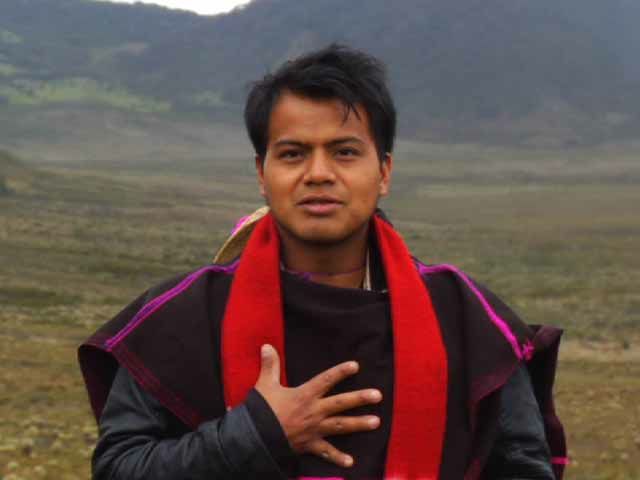Whose Land Is It? Commons and Conflict States
This paper addresses the tenure fate of three commons: the 30 million hectares of pasturelands of Afghanistan which represent 45 percent of the total land area and are key to livelihood and water catchment in that exceedingly dry country; the 5.7 million hectares of timber-rich tropical forests in Liberia, 59 percent of the total land area; and the 125 million hectares of savannah in Sudan, half the area of that largest state of Africa. All three resources have an uncountably long history as customary properties of local communities. They also share a 20th century history as the property of the state. Of course there is nothing unusual in this contradiction. Between one and two billion people on the planet today are tenants of the State (CLEP, 2008, Alden Wily, forthcoming (b)). They live on and use traditional properties on which, in the eyes of the national laws of those countries, they are no more than lawful occupants and users. When their expansive collectively-owned forest, pastoral and swamp lands are taken into account, up to five billion hectares are involved, potentially one third of the world’s total land area (Wily / RRI, 2010).
Download
Related Project:

Territories of Life
The Territories of Life toolkit is a series of 10 short videos that share stories of resistance, resilience and hope with communities on the front-line of the global rush for land. These videos, available in English, Spanish, French, Indonesian and Swalhili and are currently being disseminated widely by community facilitators.
